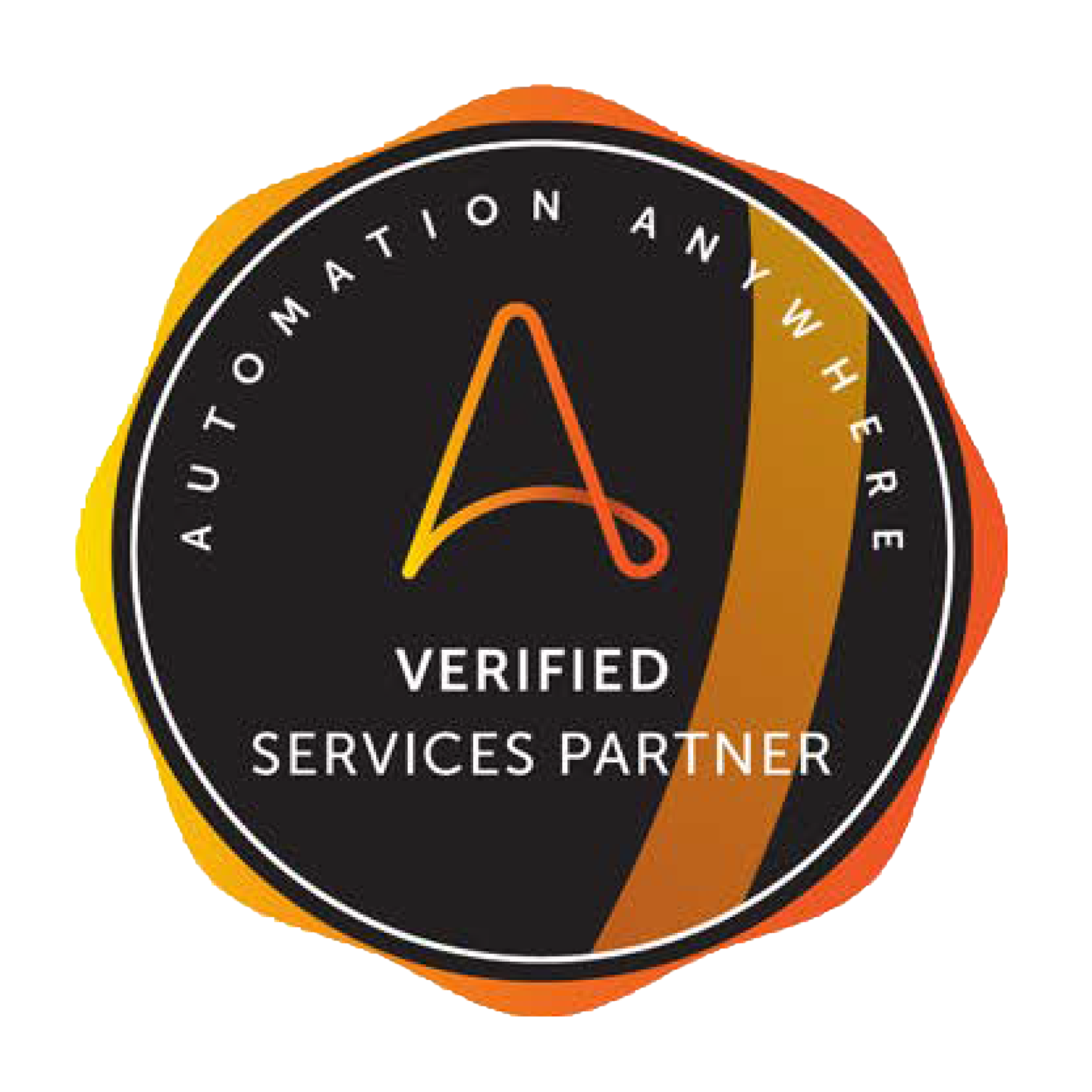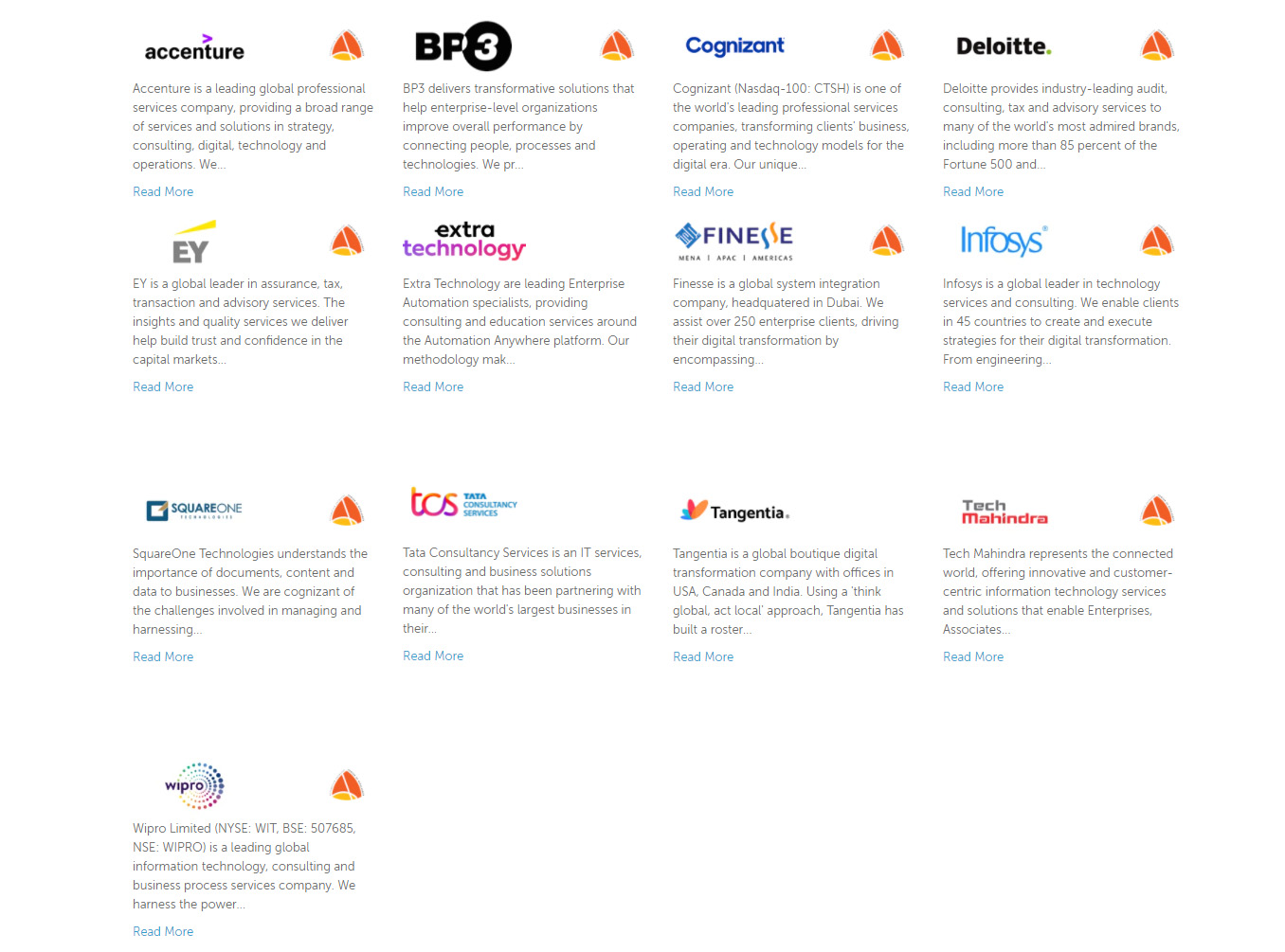Tangentia, a leading global agile digital transformation company, headquartered in Toronto, Canada and with operations in Goa and Kerala in India, has expanded its footprint in the U.S. Market as part of their rapid growth and global strategy. The expansion which has been brewing for sometime now, will accelerate with the hiring of George Bennett who has joined Tangentia America as VP of Business Development to be based in Phoenix, Arizona.
Through its local presence in Canada, India and now in the USA, Tangentia has been able to provide its customers with a “Global Boutique” delivery model. Tangentia boasts 1000+ customers worldwide which includes 13 Fortune 500 customers in 30+ countries. Tangentia proprietary platforms like Tangentia Gateway and TiA (Tangentia Intelligent Automation) manage transactions worth more than USD 10 Billion worldwide every year, which include processing B2B transactions for India’s largest retailer, the largest appliance manufacturer in the world and the largest beverage alcohol distributor in the world.
Expanding into the U.S. market comes with the promise of creating more job opportunities for aspiring candidates, who want to be a part of the dynamic and fast-evolving automation and artificial intelligence industry. Robotic Process Automation (RPA) is positioned to be over half of Tangentia’s business and is on track to be a 50 million dollar organization with over 500 employees by 2025.
 George Bennett, VP of Business Development at Tangentia says “I am honored to be part of an organization that is rapidly expanding and delivering impactful solutions to its customers that change the way people work. The need and demand for Robotic Process Automation will continue to grow as more organizations of all sizes look to ensure business continuity and streamline their workforce.” George is a graduate of the prestigious West Point Military Academy and has managed more than 300 million dollars in revenue when at FileNet which was bought by IBM. He was also a member of the US WaterPolo Olympic team.
George Bennett, VP of Business Development at Tangentia says “I am honored to be part of an organization that is rapidly expanding and delivering impactful solutions to its customers that change the way people work. The need and demand for Robotic Process Automation will continue to grow as more organizations of all sizes look to ensure business continuity and streamline their workforce.” George is a graduate of the prestigious West Point Military Academy and has managed more than 300 million dollars in revenue when at FileNet which was bought by IBM. He was also a member of the US WaterPolo Olympic team.
 Anna Thomas who heads Tangentia PMO globally, will be leading the US expansion along with George. Anna is based in Atlanta, Georgia and is an alumni of the prestigious Indian Institute of Management (IIM-Calcutta) and completed her Micromasters in Supply Chain Management from MIT. She has worked at large global companies like Coca Cola, J&J, Amgen, Ryder, Reliance, and many others. Anna on Tangentia's foray into the US, “Customers may be separated geographically but their core business is still the same. Tangentia brings to the table an extensive experience in transforming customer business globally, excellent delivery on Projects and a commitment to partner with the customers in their transformation journey. Our customer success stories cut across industries like Healthcare, Energy, Retail, Finance, Real estate and Telecom. The US market is exciting with boundless opportunities and Tangentia is all geared up to take on this challenge”
Anna Thomas who heads Tangentia PMO globally, will be leading the US expansion along with George. Anna is based in Atlanta, Georgia and is an alumni of the prestigious Indian Institute of Management (IIM-Calcutta) and completed her Micromasters in Supply Chain Management from MIT. She has worked at large global companies like Coca Cola, J&J, Amgen, Ryder, Reliance, and many others. Anna on Tangentia's foray into the US, “Customers may be separated geographically but their core business is still the same. Tangentia brings to the table an extensive experience in transforming customer business globally, excellent delivery on Projects and a commitment to partner with the customers in their transformation journey. Our customer success stories cut across industries like Healthcare, Energy, Retail, Finance, Real estate and Telecom. The US market is exciting with boundless opportunities and Tangentia is all geared up to take on this challenge”
“The move to add more people locally in the US is part of our ‘Think Global, Act Local’ strategy and although we already had several customers in the USA and a minor office presence, this is going to be a major strategic push into the USA. With local presence and support coupled with our award-winning global delivery model, we will bring more value to our current and future customers.” Says Vijay Thomas, Tangentia CEO and founder.
Tangentia’s expanding into the U.S. market via Tangentia America will accelerate the mission to automate, innovate and make an impact.






























